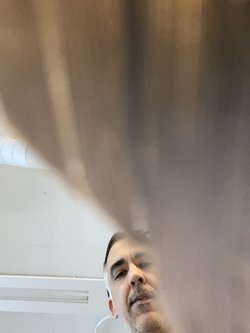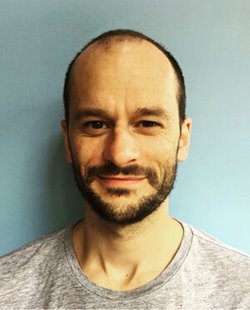ARTISTS BIOGRAPHIES
PETER MORIN

Peter Morin is a grandson of Tahltan Ancestor Artists. Morin’s artistic offerings can be organized around four themes: articulating Land/Knowing, articulating Indigenous Grief/Loss, articulating Community Knowing, and understanding the Creative Agency/Power of the Indigenous body. The work takes place in galleries, in community, in collaboration, and on the land. All of the work is informed by dreams, Ancestors, Family members, and performance art as a research methodology. Morin began art school in 1997, completing his Bachelor of Fine Arts at Emily Carr Institute of Art and Design in Vancouver in 2001 and his Masters in Fine Arts in 2010 at the University of British Columbia-Okanagan. Initially trained in lithography, Morin’s artistic practice moves from printmaking to poetry to installation to performance art. Morin’s first performance ‘I grieve too much’ took place at the Museum of Anthropology in 2005. Peter is the son of Janelle Morin (Crow Clan, Tahltan Nation) and Pierre Morin (Quebecois). Throughout his exhibition and making history, Morin has focused upon his matrilineal inheritances in homage to the matriarchal structuring of the Tahltan Nation, and prioritizes Cross-Ancestral collaborations. Morin was longlisted for the Brink and Sobey Awards, in 2013 and 2014, respectively. In 2016, Morin received the Hnatyshyn Foundation Award for Outstanding Achievement by a Canadian Mid-Career Artist. Morin is a member of artist collectives : BUSHgallery and O’kinādās. Peter Morin currently holds a tenured appointment in the Faculty of Arts at the Ontario College of Art and Design University in Toronto, and is the Graduate Program Director of the Interdisciplinary Master’s in Art, Media and Design program at OCADU.
ISAAC KING

Isaac King is an award-winning animation artist, filmmaker, commercial director, and teacher. Combining handmade and digital animation techniques, his animated work focuses on ecology and society for audiences of all ages. Isaac’s recent MFA thesis work incorporates outdoor animation and installation.
For over 20 years Isaac has been directing, designing, and animating short films, commercials, and PSAs in a variety of animated media including drawn, stop-motion, and digital hybrids. His independent films have screened at hundreds of festivals, been chosen twice as Vimeo Staff Picks, and won many top awards including the Annecy Public Prize, Best Short Film Award at Cinanima (Portugal), CromaFest (Mexico), Cineglobe (Switzerland), and Italy's VIEW conference, and Best Children's Film Award at Kuki (Berlin), Animafest (Zagreb), and Earthvision (Japan). His work has been awarded grants from the Canada, Ontario, and Toronto Arts Councils, and the NFB. While working as a director at Toronto’s Head Gear Animation for 15 years, Isaac’s work won multiple commercial awards including Applied Arts, OneShow Design, Art Director's Club, Lotus, Worldfest, NY Festivals, and Broadcast Design Awards.
Isaac currently teaches animation and character design at OCAD U’s Experimental Animation Program. His teaching experience includes Sheridan College and the Toronto Animated Image Society, where he is now an active board member. He has presented lectures at Cutout Fest in Mexico, the Taipei Film Festival, AnimaAnima in Serbia, SVA in New York, Philippine’s iAcademy, OCAD U and Emily Carr University.
Isaac is involved in all stages of media production: writing, design, illustration, storyboarding, animation, composition and audio, working with commercial clients, agencies, educational broadcasters, academics, artists and filmmakers. Please contact for collaboration.
Instagram
Vimeo
Tumblr